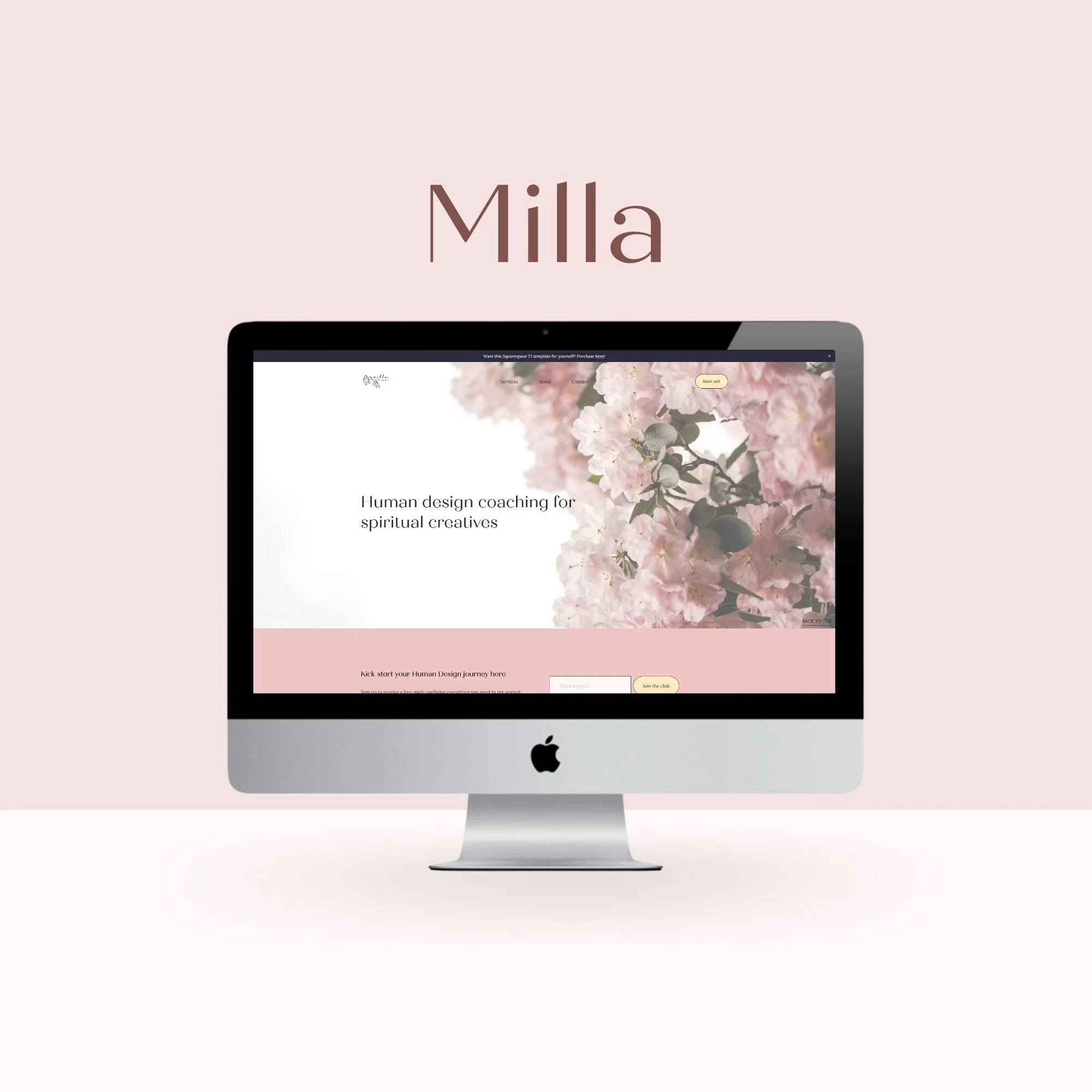Website guide: Requirements and best practices for Australian health and wellness professionals
NOTE: This article provides general information only and does not constitute legal advice. Please speak with a registered lawyer for advice specific to your situation.
Are you a health and wellness practitioner providing services in Australia? Whether you’re in allied health like a psychologist or osteopath, or natural therapies like an acupuncturist or naturopath, you may be wondering if there are any legal considerations to keep in mind when creating and maintaining your website. Or maybe you’ve got that covered and are curious what best features to include are.
There are several considerations relating to the safety and privacy of your practice and your clients’ information, so let’s start with the legal stuff.
Requirements that allied health and alternative therapy practitioners should consider for their website:
1. Privacy Act 1988
The Privacy Act requires that personal information is handled in accordance with the Australian Privacy Principles (APPs). This includes ensuring that personal information is collected, used and disclosed in a way that is transparent, secure and not excessive.
In Australia, personal information is defined as "information or an opinion about an identified individual, or an individual who is reasonably identifiable." This includes a wide range of data, such as:
Name, address, phone number, and email address: This information is commonly collected through contact forms or online appointment booking systems.
Health information: Any information related to an individual's physical or mental health, including medical history, treatment, and medications.
Financial information: Credit card numbers, bank account details, and other financial information.
Demographic information: Age, gender, and other demographic information that can be used to identify an individual.
IP address, location data, and browsing history: This information can be used to track an individual's online activities and location.
Cookies and other tracking technologies: These can be used to collect information about an individual's browsing habits and preferences.
The Australian Privacy Principles (APP) apply to all personal information collected, whether it’s collected online or offline.
It's important to have a clear privacy policy and communicate this with your clients before collecting any personal information. You can do this by including a link to your privacy policy in your website footer.
In short: If you have any contact forms, take online bookings for your practice, have an online store or collect cookies on your website, you’ll need a privacy policy on your website.
2. TGA guidelines
If your website contains any product or health service promotion, the Therapeutic Goods Administration (TGA) guidelines must be followed to ensure that your promotion is accurate and not misleading.
3. AHPRA guidelines
The Australian Health Practitioner Regulation Agency (AHPRA) has guidelines for advertising and promoting regulated health services. Allied health professionals and some complementary and alternative medicine practitioners must comply with these guidelines when advertising their services on their website.
4. Practitioner registration
Many alternative therapies require practitioners to be registered with a professional body and comply with the rules and regulations of that body. Your business should ensure that all practitioners working for you are properly registered and comply with the requirements of the professional body. You may like to include registration details on your website for transparency. In many instances, professional bodies will provide you with a copy of their logo that you can add to your site too (this is great for building trust with potential clients!).
5. Copyright and trademark
Your website should not contain any copyrighted or trademarked material without permission. What does this include?
Images, diagrams and photos where you’ve not obtained the owner or creator’s permission, such as stock photos, images from social media and photos taken by professionals. Note: If using stock photos, make sure you follow any terms of use.
Music and videos, such as videos embedded from YouTube, and other copyrighted audio and visual content.
Written content like articles, blog posts and research papers. This can include copying and pasting text from another website or republishing content from a paid subscription service.
Trademarks and logos, like using a company's logo or slogan on a website, or using a trademarked name in a domain name or website title. There are some grey areas here where some uses of another logo may be permitted, or only in a certain context. Best to check with your legal team so you don’t land yourself in hot water by implying a business affiliation when there isn’t one.
Using copyrighted content without permission is illegal and can result in legal action being taken against the website owner. Instead of saving images from Pinterest or Instagram for example, make sure you only licensed and permissioned content on your website to avoid any legal issues.
Note: When handing your content over to a website designer, you’re confirming to us that you have all relevant rights to use the information you’ve supplied – this is not something we will check for you.
6. Australian Consumer Law (ACL)
Your website should also comply with the ACL, which requires that any claims made on your site are not misleading and that any info provided is accurate and not deceptive.
It's important to consult with a lawyer who is knowledgeable about privacy and healthcare regulations in Australia to ensure that your site is compliant with all relevant laws and regulations.
So, what about the non-legal stuff?
Now we’ve got the boring (but yes, important) stuff out of the way, you might be wondering what else you should have on your site.
The best features to include on an allied health or alternative therapy professional’s website:
1. Professional and easy-to-use design
Your website should have a professional and easy-to-use design that makes it easy for potential clients and patients to find the information they need. Professional does not mean bland or boring though – you can have a fun, bold brand and still be professional! It’s more about the quality of the site.
2. Detailed information about your services
Your website should provide detailed information about the services you offer, including descriptions of each service, pricing information, any applicable Medicare or private healthcare rebates, and any relevant qualifications or certifications.
3. Online appointment scheduling
The website should allow potential patients to easily schedule appointments online, either through a built-in scheduling system or by integrating with a third-party scheduling service.
If you’re thinking about setting this up, you may be interested in something like Squarespace Scheduling, Cliniko or PowerDiary depending on your needs.
4. Patient education resources
If relevant to your field, provide patient education resources such as articles/blogs, videos or infographics to help potential clients understand their condition and treatment options.
5. Contact information
Your website should include contact information, such as your practice address address if offering in-person services (or general location if online only), phone number if applicable and an email address. You can also include a contact form to make it easy for potential clients to get in touch.
6. Social media integration
Having links to social media accounts like Instagram and Facebook on your website can help in building trust and creating a sense of community and engagement between the practice and your patients or clients.
Specific features to include will depend on the needs and services of your practice. If you’re not sure, reach out to a website designer to determine the best features to include on your website.
Got all your ducks lined up and now you’re ready to create or re-do your website? Let’s chat! Get in touch here.
NOTE: This article provides general information only and does not constitute legal advice. Please speak with a registered lawyer for advice specific to your situation.















